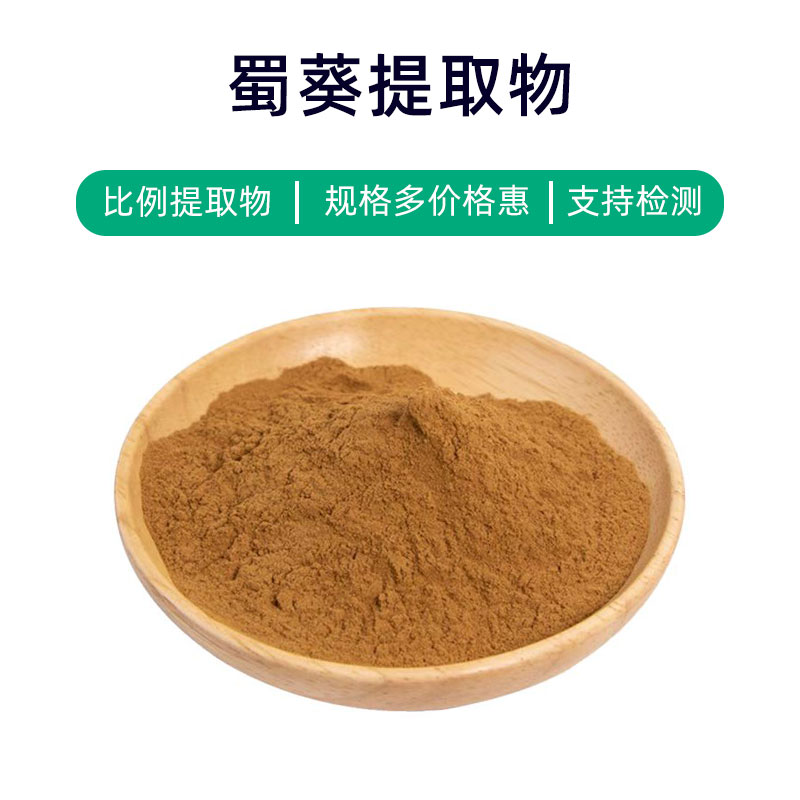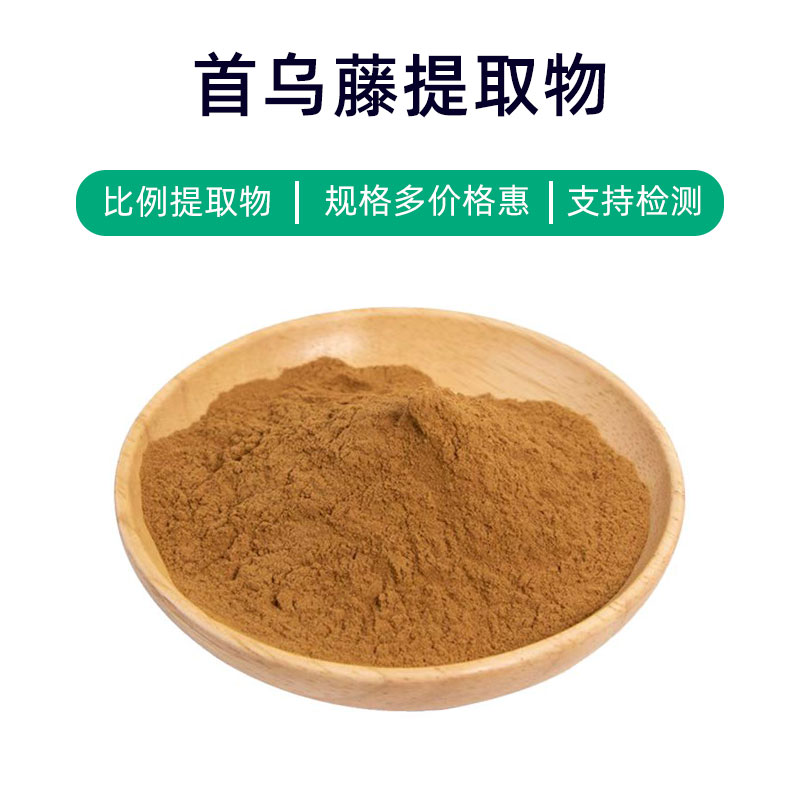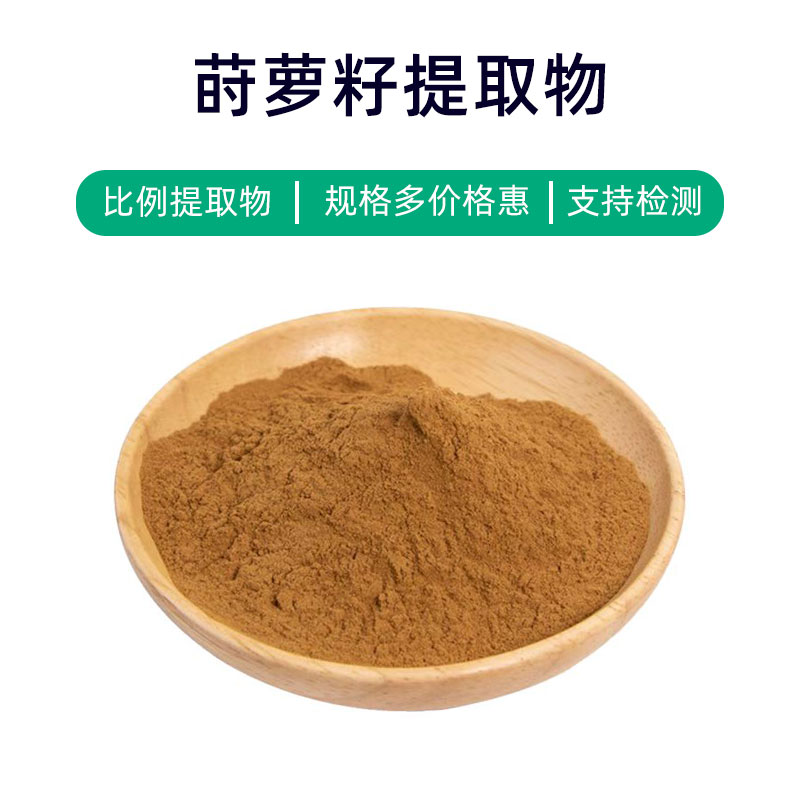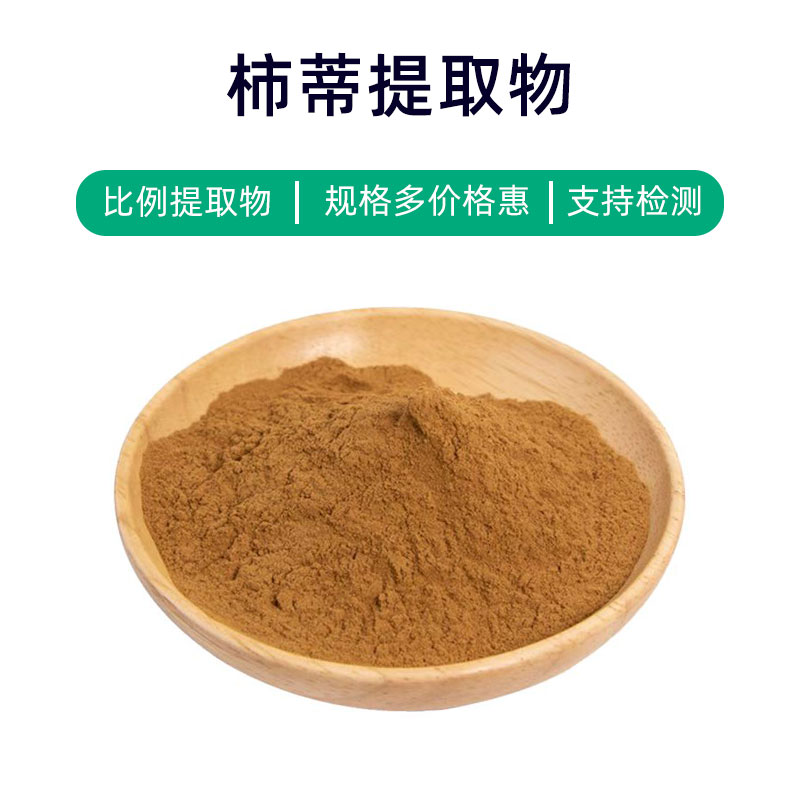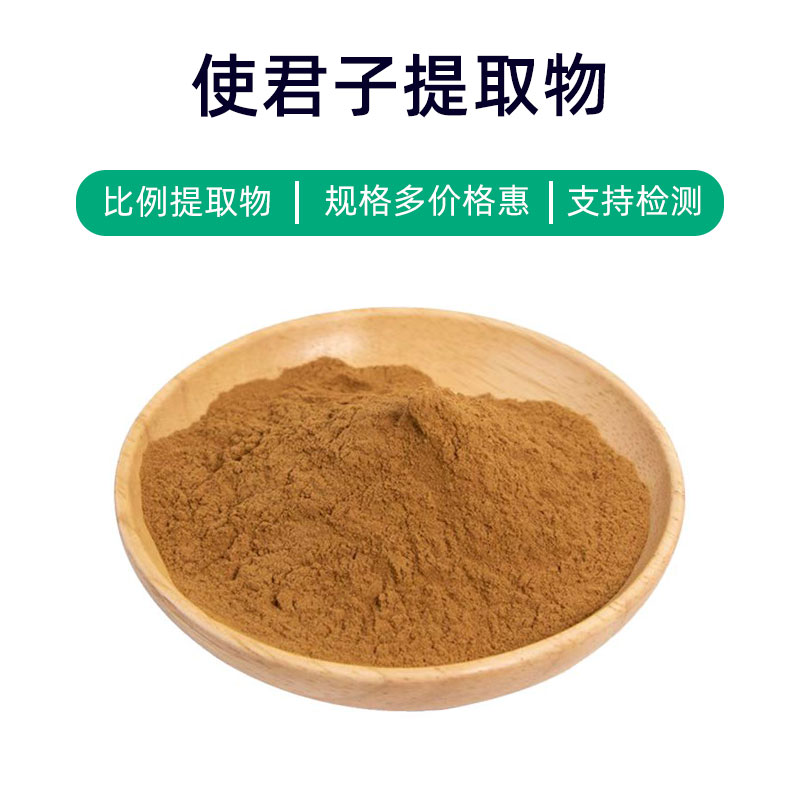Parsley Extract Product Introduction
Parsley extract is a natural plant extract derived from parsley (Petroselinum crispum), primarily consisting of coumarins, flavonoids, vitamins, and minerals. This extract has various benefits, including antioxidant, anti-inflammatory, and skin-whitening properties. In the pharmaceutical field, parsley extract is used to formulate dietary supplements and medicines, which can help regulate blood sugar, lower blood pressure, and boost immunity. In cosmetic applications, parsley extract is often included in skin-lightening products to reduce pigmentation and brighten skin tone, while also offering antioxidant and anti-aging benefits. Additionally, parsley extract is widely used in food additives for flavoring or nutritional enhancements. Overall, parsley extract is a multifunctional natural plant extract with broad application prospects in medicines, dietary supplements, cosmetics, and food products.
Parsley Extract Production Process
The production process of parsley extract generally involves the following main steps:
- Raw Material Collection: Fresh parsley is selected as the raw material, typically choosing healthy, unpolluted plants. The harvested parsley is then subjected to initial cleaning and processing to remove impurities and surface dirt.
- Crushing and Grinding: The cleaned parsley undergoes crushing and grinding to become powdery or finely fragmented, which enhances extraction efficiency.
- Extraction Process: The crushed parsley is placed in extraction equipment, with common extraction methods including water extraction and alcohol extraction. Multiple extractions may be performed as needed to fully extract active components from the parsley.
- Filtrate Treatment: The extracted liquid is filtered to remove solid particles and impurities, resulting in a pure extract solution.
- Concentration and Drying: The extract solution is concentrated, usually using techniques like vacuum concentration or spray drying, to achieve a certain concentration. This reduces volume for easier packaging and transport.
- Packaging and Storage: Finally, the concentrated parsley extract is packaged in sealed materials to prevent oxidation and moisture intrusion. It should be stored in a dry, cool, well-ventilated environment, away from direct sunlight to ensure stability and quality.
Following these production processes results in a high-quality parsley extract suitable for manufacturing and application in medicines, dietary supplements, cosmetics, and food products.
Parsley Extract Effects and Side Effects
Parsley extract is a common natural plant extract with numerous benefits and effects, primarily including:
- Antioxidant Effects: Parsley extract is rich in various antioxidants, such as vitamins C and E and polyphenolic compounds, which can neutralize free radicals in the body, reduce oxidative stress, and protect cells from oxidative damage.
- Anti-Inflammatory Effects: Rich in flavonoids and other biologically active substances, parsley extract has significant anti-inflammatory effects, helping to alleviate symptoms of inflammatory diseases like arthritis and dermatitis.
- Antibacterial Effects: Studies show that parsley extract exhibits certain antibacterial properties, inhibiting various bacteria and fungi, useful in treating skin and oral infections.
- Digestive Improvement: Rich in fiber and volatile oils, parsley extract can stimulate digestive fluid secretion, increase gastrointestinal motility, and aid digestion, relieving issues like indigestion and bloating.
- Blood Pressure Regulation: Some studies indicate that certain components in parsley extract can lower blood pressure by dilating blood vessels, beneficial for preventing and treating hypertension.
- Beautifying Skin: Parsley extract is abundant in vitamins and minerals that promote skin metabolism, enhance skin elasticity, and reduce wrinkles and pigmentation, yielding beautifying effects.
- Sleep Improvement: Some components in parsley extract have calming and sedative properties that can promote sleep and help with insomnia and anxiety.
While parsley extract offers various benefits, individual differences and dosage control must be considered during use. Long-term high doses may lead to adverse reactions, such as digestive discomfort and allergic responses. It is advisable to consult a doctor or professional before use to prevent adverse effects.
Parsley Extract Application Scenarios and Dosage
Parsley extract has wide applications in medicine, food, and cosmetics, as detailed below:
- Medical Applications:
- Uses: Parsley extract is often used to prepare traditional Chinese medicine formulas for treating digestive disorders, rheumatoid arthritis, skin inflammation, and other conditions.
- Dosage: Generally used as a herbal material or extract, it can be taken directly as a decoction, infusion, or applied externally. Dosage varies per individual, following doctor's orders.
- Food Applications:
- Uses: Parsley extract can serve as a food additive to enhance nutritional value and flavor, commonly found in seasonings, supplements, and functional foods.
- Dosage: Added in appropriate amounts based on specific food formulations and processing techniques, generally following food industry standards for dosage.
- Cosmetic Applications:
- Uses: Its rich antioxidants and nutrients make parsley extract suitable for skincare products, shampoos, conditioners, and other cosmetic items.
- Dosage: According to various product formulations and efficacy requirements, parsley extract is typically added in amounts ranging from 0.1% to 5%.
- Other Applications:
- Parsley extract can also be used in aromatherapy products, health supplements, and chewing gum, with dosages adjusted based on specific product formulations and purposes.
Overall, parsley extract, as a natural plant extract, has extensive applications in medicine, food, and cosmetics. However, careful dosage control is essential to avoid adverse reactions. It is recommended to consult professionals for advice before using parsley extract products to ensure safe and effective use.
Parsley Plant Overview, Distribution, and Growth Environment
Parsley (scientific name: Apium graveolens) is a common perennial herbaceous plant belonging to the Umbelliferae family and the Apium genus, also known as common celery. Here is a detailed description of the parsley plant, its distribution, and growth environment:
- Plant Overview:
- Parsley is a perennial herbaceous plant with an upright stem, generally growing to about 30-90 cm tall. The leaves are compound, with small leaflets on long petioles, oval or elongated in shape, with serrated or lobed edges.
- The flowers are small, white, or pale yellow, arranged in umbel clusters, typically blooming from summer to fall.
- Distribution:
- Parsley is native to the Mediterranean region, primarily found in Europe, Western Asia, and North Africa. Due to extensive cultivation and introduction, it is now widely distributed in temperate and subtropical regions around the world.
- Growth Environment:
- Parsley favors warm and humid climates, with an optimal growth temperature of 15-25°C. It has no strict soil requirements but prefers loose, fertile, well-drained soil.
- It typically grows in sunny areas but can adapt to partial shade. It requires ample moisture and moderate sunlight during its growth.
- Cultivation and Wild State:
- Parsley can be propagated by seeds or division. In cultivation, it is usually grown in sunny, fertile locations with regular watering and fertilization.
- In the wild, parsley is often found in wetlands, along riverbanks, and near streams, growing densely and serving as a plant of aesthetic value.
In summary, parsley, as a common perennial herbaceous plant, thrives in suitable growing conditions. Its broad distribution and adaptability make it an important edible and medicinal plant.
Parsley Extract Processing and Storage
The processing of parsley extract typically involves the following steps: First, the fresh parts of the parsley, such as leaves and stems, are harvested; then, they are cleaned and processed to remove impurities and soil; next, the cleaned parsley is ground or chopped to enhance extraction efficiency; subsequently, appropriate extraction methods (such as water extraction or supercritical CO2 extraction) are employed to obtain target components; finally, the obtained parsley extract is filtered, concentrated, and dried to yield the final extract.
Regarding storage, parsley extract should generally be kept in a dry, cool, and ventilated place, away from direct sunlight and high temperatures to avoid moisture, mold, or spoilage. It is recommended to use sealed containers for storage and regularly check the extract's appearance and smell to ensure its quality and stability.
Monica Sun is a seasoned expert in the plant extraction industry with over a decade of experience in research and production. She specializes in the extraction and purification of plant active ingredients, focusing on driving innovation in natural product applications. Monica has participated in the development of multiple functional plant extracts, delivering high-value natural raw material solutions for the health food, pharmaceutical, and dietary supplement sectors.









